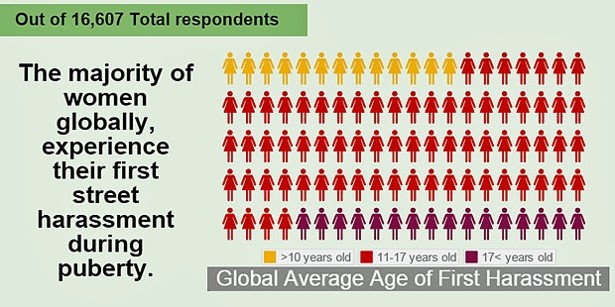- Stalking
-
Stalking is a crime under Scottish law and is an offence against the Criminal Justice and Licensing (Scotland) Act 2010 Section 39.
Stalking is generally defined as two or more behaviours directed towards a victim which cause, are intended to cause, or where the perpetrator’s behaviour is reckless as to whether it causes, the victim to suffer fear and alarm.”
‘Fear and alarm’ covers physical or psychological harm, or apprehension or fear for the safety of the perceived victim or any other person. Following/surveillance
Although each Stalking situation is unique and Stalkers may have different motivations, the tactics and techniques employed by each are often very similar:
- Following someone or someone else who is associated with that person
- Contacting or attempting to contact a person by any means.
- Publishing material about someone without their consent.
- Monitoring someone’s phone, internet, email or other form of communication.
- Loitering in a public or private place.
- Interfering with someone’s property.
- Leaving unwanted gifts or notes for someone.
- Watching or spying on someone.
This is by no means an exhaustive list and each instance of stalking may present unique circumstances that are not listed above.
For more information please click here
- Harassment
-
Sexual harassment is broadly defined as unwanted conduct of a sexual nature. It is predominantly experienced by women and perpetrated by men, which is why we consider it to be a form of gender based violence. Some examples of sexual harassment include:
- Making unwelcome verbal or physical advances
- Unwelcome touching in a sexual way
- Making offensive and/or sexually explicit comments
- Making sexually embarrassing ‘jokes’
- Sending inappropriate texts and emails to or about you
For more information please click here
Street Harassment:
In this study the women and equalities committee heard evidence that street harassment was widespread, from being shouted at and cat-called through to sexual assaults.
They also heard it took place in a number of public spaces - on transport, in bars and clubs, through online spaces, at universities, in parks and on the street

In another study it was found that:
•81% of girls and young women aged 11-21 reported that in the week prior to survey they had experienced some form of everyday sexism.
•90% of girls and young women aged 13-21 agree that the government should make sure all schools are addressing sexual harassment and bullying in schools.
•¾ of girls and young women say anxiety about sexual harassment negatively affects their lives – whether it’s their choice of clothing (51%), their body confidence (49%) or their freedom to go where they want to on their own (43%).
Please click here to view a film about street harassment made by Amina MWRC


